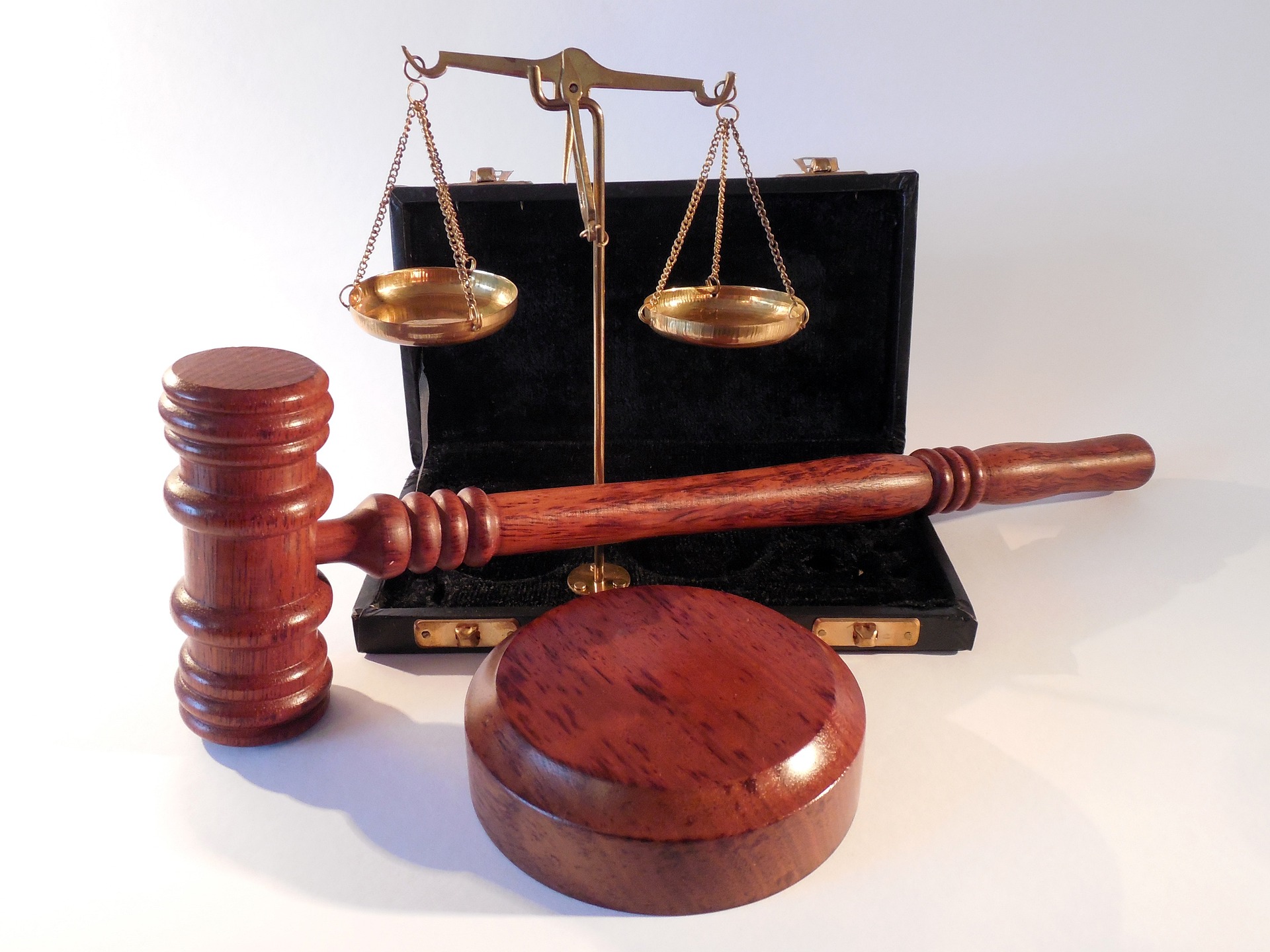Deciphering the Role and Impact of Supreme Court's Shadow Docket
Introduction: In a world where transparency is highly valued, the Supreme Court's "shadow docket" has raised eyebrows. This article will delve into the history, purpose, and implications of this less-known aspect of America's highest court. The term "shadow docket" was coined by legal scholars to describe the Supreme Court's practice of deciding cases without full briefing or oral argument. This contrasts with the court's "merits docket," where cases are decided after full briefing and oral argument. The shadow docket has been part of the court's operations for centuries, but it has gained prominence and attention in recent years due to some significant rulings made through this process.

The Purpose and Process
The shadow docket was initially designed for emergency or routine matters that require swift decisions. For instance, the court might use it to issue a temporary stay of execution in a death penalty case. However, the shadow docket has evolved over time, and it is now used for a broader range of decisions, including high-profile ones that have significant societal implications. The process typically involves the submission of briefs by the parties involved, followed by an internal discussion among the justices. A decision is then issued, often without an explanation.
Recent Controversies
The shadow docket has been in the spotlight recently due to a series of controversial decisions made using this process. These include the reinstatement of the “Remain in Mexico” policy, the refusal to block a restrictive Texas abortion law, and the termination of the nationwide eviction moratorium. These decisions have sparked debates about the transparency and fairness of the shadow docket process.
Implications for Legal Precedence and Society
The use of the shadow docket has significant implications for legal precedent and society. Since decisions on the shadow docket are often made without detailed explanation, they may not provide clear guidance for lower courts. This lack of clarity can lead to confusion and inconsistency in the interpretation and application of laws. From a societal perspective, the use of the shadow docket for high-profile decisions can undermine public confidence in the Supreme Court, as it may be perceived as lacking transparency and accountability.
Calls for Reform
Given the controversies surrounding the shadow docket, there have been calls for reform. Some legal scholars and politicians suggest that the Supreme Court should be more transparent about its shadow docket decisions by providing detailed explanations. Others propose that the use of the shadow docket should be limited to truly urgent matters. Debate on these proposals is ongoing, and it remains to be seen how the Supreme Court will respond.
In conclusion, the Supreme Court’s shadow docket is a critical yet less-known aspect of the court’s operations. As it continues to be used for significant decisions, understanding its role and implications is crucial for legal scholars, practitioners, and the general public.





